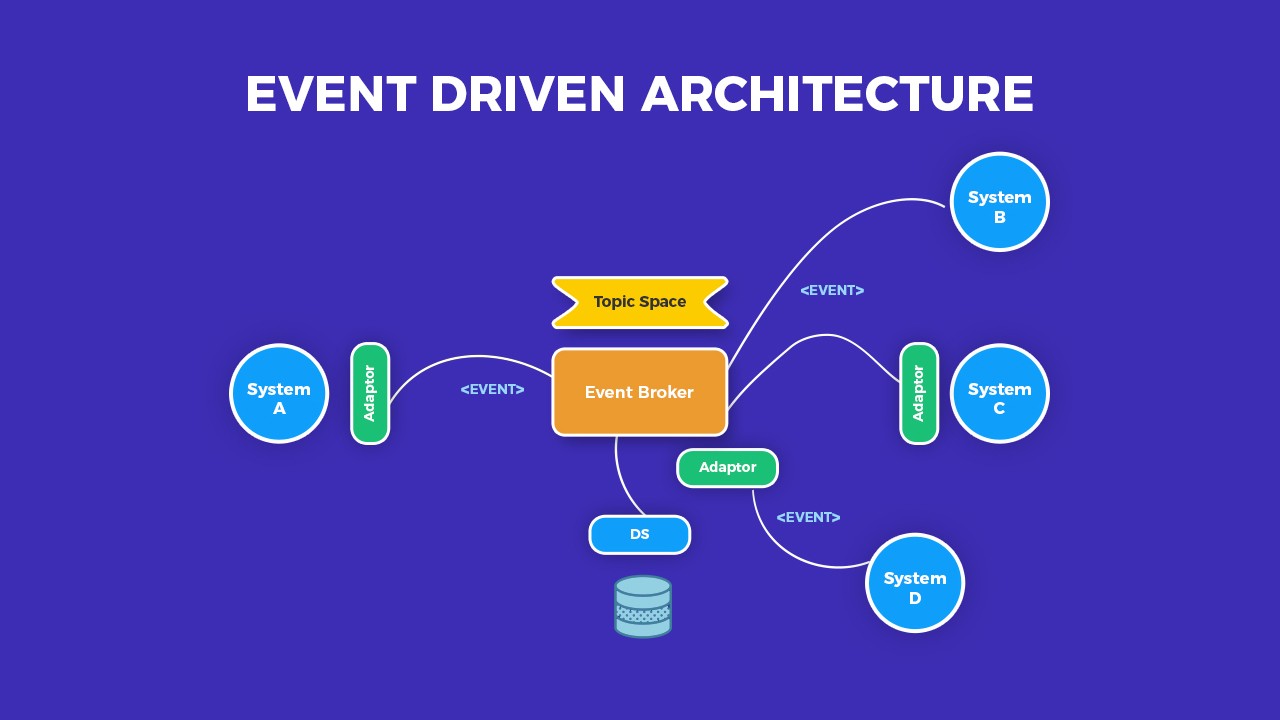In the ever-evolving landscape of computing technologies, serverless computing has emerged as a game-changer, revolutionizing the way applications are developed, deployed, and scaled. This paradigm shift towards event-driven architectures offers unparalleled efficiency and scalability, enabling organizations to focus on building robust and innovative solutions without the hassle of managing infrastructure. In this blog post, we delve deep into the world of serverless computing, exploring its principles, benefits, and real-world applications, all while keeping an eye on the celestial wonder that is Betelgeuse.
Understanding Serverless Computing
To grasp the concept of serverless computing, it’s essential to debunk the misconception that there are no servers involved. In reality, serverless computing simply means abstracting away server management tasks from developers, allowing them to focus solely on writing code to execute specific functions or tasks. Instead of provisioning and managing servers, developers deploy their code to a cloud provider’s serverless platform, which automatically handles the infrastructure scaling, maintenance, and resource allocation.
Event-Driven Architectures: The Core of Serverless Computing
At the heart of serverless computing lies event-driven architectures, where functions are triggered in response to events or stimuli, such as HTTP requests, database changes, file uploads, or timer-based events. This reactive approach enables applications to scale seamlessly based on demand, as resources are provisioned dynamically to handle incoming events. By leveraging event-driven architectures, organizations can build highly responsive and resilient applications capable of adapting to fluctuating workloads in real-time.
Benefits of Serverless Computing
Cost Efficiency:
Serverless computing follows a pay-as-you-go model, where organizations are billed only for the resources consumed during the execution of functions. This eliminates the need for upfront infrastructure investments and minimizes operational costs, making it an attractive option for startups and enterprises alike.
Scalability:
With serverless computing, scalability is inherent to the architecture. Functions are automatically scaled up or down based on workload demand, ensuring optimal performance without the need for manual intervention. This elastic scaling capability enables applications to handle sudden spikes in traffic seamlessly, providing a consistent user experience.
Increased Developer Productivity:
By abstracting away infrastructure management tasks, serverless computing empowers developers to focus on writing code and delivering value to customers. Development cycles are accelerated, as developers can quickly iterate on features and deploy changes without worrying about underlying infrastructure complexities.
Simplified Operations:
Serverless platforms handle the operational aspects of infrastructure management, including provisioning, scaling, monitoring, and maintenance. This frees up operations teams to focus on higher-level tasks, such as optimizing performance, enhancing security, and implementing best practices.
Real-World Applications of Serverless Computing
Web Applications:
Serverless architectures are well-suited for building lightweight and scalable web applications, where functions handle HTTP requests and execute business logic. Services like AWS Lambda, Azure Functions, and Google Cloud Functions provide native support for serverless web application development, enabling rapid prototyping and deployment.
Data Processing and Analytics:
Serverless computing is increasingly being used for data processing and analytics tasks, where functions are triggered in response to data events, such as changes in databases or incoming streams. By leveraging serverless data processing frameworks like AWS Glue, organizations can process, transform, and analyze large datasets with ease, without the need for managing infrastructure.
IoT (Internet of Things):
The event-driven nature of serverless computing makes it an ideal choice for IoT applications, where devices generate a continuous stream of data. Serverless functions can be used to ingest, process, and act upon IoT data in real-time, enabling organizations to derive actionable insights and trigger automated responses based on predefined rules.
Chatbots and Voice Assistants:
Serverless architectures are well-suited for building conversational interfaces, such as chatbots and voice assistants, where functions handle user interactions and execute backend logic. By integrating with messaging platforms and voice recognition services, organizations can deploy serverless chatbots and voice assistants to automate customer support, streamline workflows, and enhance user experiences.
Betelgeuse: A Cosmic Analogy
As we delve deeper into the realm of serverless computing, it’s fascinating to draw parallels with celestial phenomena like Betelgeuse, a red supergiant star located in the constellation of Orion. Just as Betelgeuse undergoes dynamic changes and releases energy in the form of light and heat, serverless architectures respond dynamically to incoming events, scaling resources to meet demand and releasing computational power as needed. Much like Betelgeuse illuminating the night sky with its brilliance, serverless computing illuminates the digital landscape with its efficiency and scalability.
Conclusion
In conclusion, serverless computing represents a paradigm shift in the way applications are developed and deployed, offering unparalleled efficiency, scalability, and agility. By embracing event-driven architectures and leveraging cloud-native serverless platforms, organizations can accelerate innovation, reduce costs, and deliver value to customers at scale. As we gaze upon the cosmic wonders of the universe, let us also marvel at the technological marvels of serverless computing, a testament to human ingenuity and creativity in the digital age.
As we navigate the vast expanse of the digital cosmos, let us remember the words of Carl Sagan: “Somewhere, something incredible is waiting to be known.” And in the realm of serverless computing, the possibilities are truly infinite.

